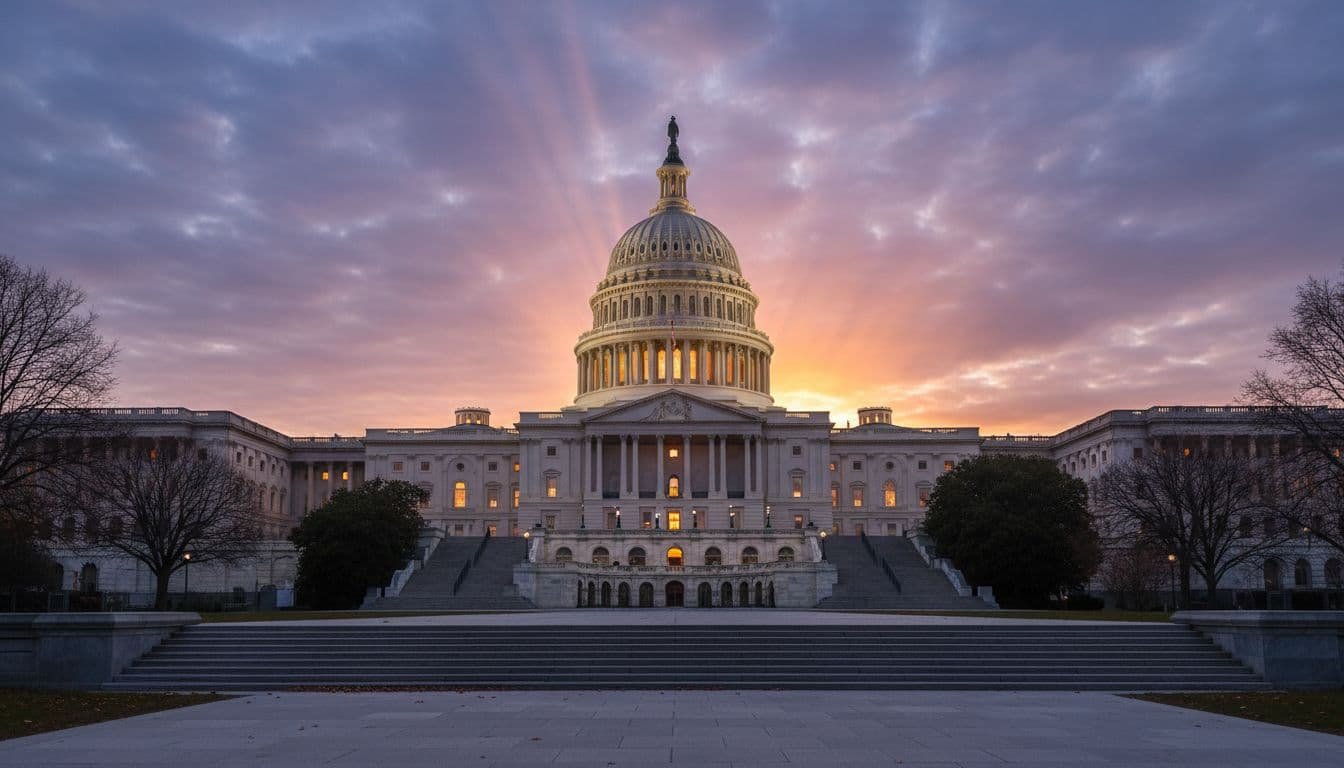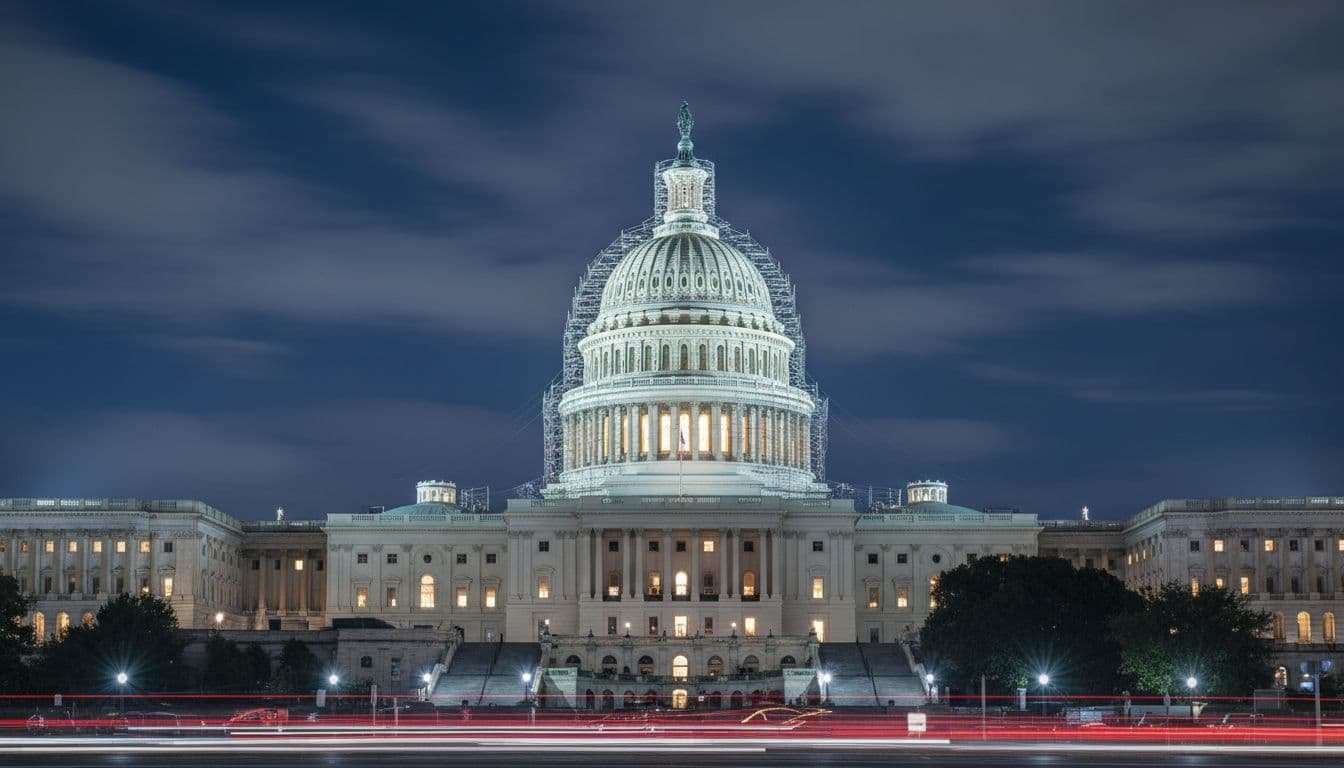The U.S. Senate convened over the weekend in a bid to break the impasse over government funding and end the ongoing shutdown. Negotiators are weighing a short-term patch to reopen agencies while they continue talks on a broader spending framework. The stakes are high: extended disruptions are squeezing federal workers, pausing services, and rippling through travel, food assistance, and small business support.
Weekend sessions are uncommon, and their presence signals urgency. While the House and Senate leaders trade proposals, key committees are working to align dollar figures and policy riders that have held up progress. The path forward likely hinges on whether both chambers can accept a clean stopgap bill or if conditions are attached that sink support.
Where negotiations stand
Several options are in play. The most likely is a continuing resolution, or CR, that funds the government for a short period while lawmakers finalize full-year appropriations. Leaders from both parties say they want to avoid deepening economic fallout, but they remain split on specific program levels and policy provisions. If negotiators can narrow differences, a vote could come quickly. If not, additional stopgap ideas might surface to buy more time.
Any deal needs to pass both chambers and reach the president’s desk. Even a simple CR can fail if last-minute amendments are added or if either side withholds support to extract concessions. That is why weekends matter: it keeps the floor open for rapid action if agreement emerges.

What’s already being affected by the shutdown
- Federal workers: Many are furloughed or working without pay. Back pay typically arrives after reopening, but cash flow is tight now.
- Air travel: Staffing challenges at air traffic control and security checkpoints are driving cancellations and delays at major airports.
- Food assistance: SNAP payment timing and amounts are in flux, with court orders and funding limits creating state-by-state differences.
- Small businesses: Some SBA loan processing is delayed, slowing access to capital.
- National parks and services: Operating hours, maintenance, and visitor services vary widely depending on local resources.
The longer the shutdown lasts, the wider the ripple effects. Agencies can shuffle contingency funds for only so long. Once those are exhausted, more programs may scale back, pause, or close.
What a short-term deal would do
A short-term CR would reopen shuttered operations, resume pay for federal workers, and restore steadier funding for essential services. It would not settle debate over full-year spending levels, but it would ease immediate pressure on travelers, families using benefits, and businesses waiting on approvals. Expect timelines for service recovery to vary by agency; some functions snap back quickly, while others need days to rebuild staffing and scheduling.
If a CR stretches into the new year without a broader deal, agencies may face repeated uncertainty and planning challenges. That is why appropriators prefer to pair a CR with a public roadmap for finishing full-year bills.

Key sticking points
- Topline spending: The overall number must satisfy both fiscal hawks and service-focused lawmakers.
- Policy riders: Add-ons can derail support even if spending levels are acceptable.
- Duration: How long the CR lasts affects leverage and the pace of final appropriations.
- Emergency priorities: Disasters, public health, and international commitments compete for supplemental funding.
Compromise requires movement on at least two of these fronts. If leaders settle topline numbers and keep the CR clean, it improves the odds of passage.
What you should do if you’re affected
- Federal employees: Track agency guidance, document hours if working without pay, and contact HR about hardship options.
- Travelers: Check flight status repeatedly, consider early-morning departures, and use airline change-fee waivers when available.
- SNAP households: Monitor EBT balances, read state notices, and keep receipts as payment timing may shift.
- Small businesses: Ask lenders about alternate financing if SBA processing is delayed, and line up documents for rapid submission when services resume.
- Visitors to parks: Verify open status, services, and safety alerts before traveling.
If a deal passes, agencies will provide updated timelines for restored services. Keep notifications on for your specific programs.

How a final agreement could come together
If Senate leaders assemble a bipartisan package with minimal riders, it could clear the chamber swiftly and put pressure on the House to act. If the House signals openness to the same terms, a brief sequence of votes could move a bill to the president within hours. Absent that, leaders might float a narrower CR to fund the most critical functions first, though that path is more complicated.
Market reaction typically improves when a credible path emerges. But until signatures are dry, agencies must plan for continued uncertainty. Expect communications from the Office of Management and Budget and individual departments outlining procedures once a bill is signed.
What to watch over the next 24–72 hours
- Draft text: Watch for release of bill text or a summary from appropriations leaders.
- Whip counts: Public statements from swing votes can foreshadow floor outcomes.
- Amendments: Late-breaking riders can stall momentum even with broad support.
- Timeline: If leaders set a vote time, agencies can prepare recall notices and restart plans.
- Agency guidance: Memos on back pay timing, service restorations, and program calendars.
If the weekend ends without agreement, look for another session and fresh proposals. The pressure will build as more services hit hard limits.
Bottom line
The Senate’s weekend work underscores how serious the shutdown’s impacts have become. A short-term deal remains the most likely near-term outcome, but it depends on keeping the package simple and bipartisan. If leaders can land a clean CR, many services will resume quickly, though some delays will linger as agencies reboot. Keep following official updates and be ready to adjust plans as the situation develops.
To contact us click Here .






